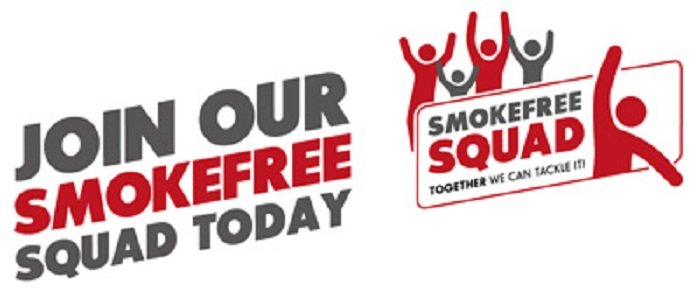Disability Awareness and Etiquette -HANDBOOK

CAFE supports the social model of disability, which states that it is the physical, sensory, intellectual, psychological and attitudinal barriers that cause disability, not impairments. It is important to see the person and not the disability, and to remove stereotypes. For example, a person who uses a wheelchair is only disabled when there are steps or steep gradients that cannot be accessed in a wheelchair. Likewise, a blind or partially sighted person is only disabled when information is not provided in an accessible format and access routes are blocked by physical barriers or trip hazards. The old medical model of disability looked at treating the disabled person as unwell or unhealthy and defined them according to their medical condition. This is disempowering and can be patronising to disabled people, who are just as able as anyone else provided their environment is accommodating to their specific requirements.
Download Document
Protected: 14th EFDN Conference Presentation – UEFA: HatTrick V
There is no excerpt because this is a protected post.

Focus on ‘Smokefree Squad’, a Healthy Stadia’s programme
Healthy Stadia has worked in the cross-cutting field of sport and health for 10 years, with a network of over 3000 organisations ...
Download Document
VFL Wolsburg 2018 CSR Report
VfL Wolfsburg is conscious of its corporate responsibility towards people and the environment. It has therefore firmly embedded CSR into ...
Download Document